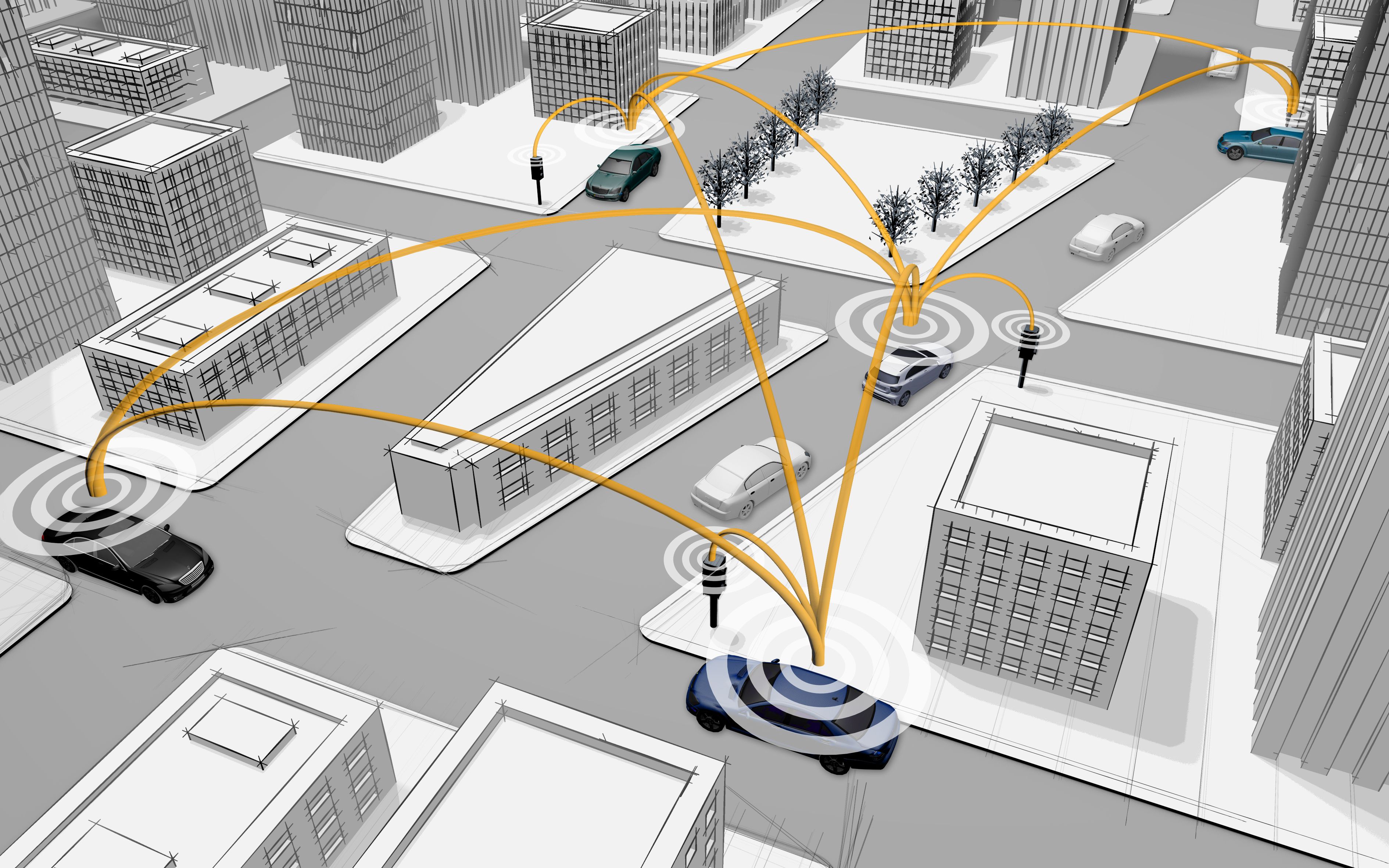Autonomous driving is on the tips of all of our tongues at any given moment, as it is the most likely “next generation” step in the automotive world. One of the key components of perfecting automated driving is the introduction of car-to-car-to-object communication – communication between cars and traffic-control devices. Think of it as a Facebook for the automotive world. Every car needs to update its status and plans to all of the other cars and the traffic controls “in its network” (in the area), so that they know how to plan accordingly.
Sure automated driving works okay via a series of sensors, but that only allows so much. This social networking allows car to plan routes, avoid traffic, avoid accidents, and so forth, ahead of time. Germany has taking the driver's seat in this matter, by introducing the Safe Intelligent Mobility – Testfield Germany (sim TD) - which allows controlled testing of these communication systems. Mercedes-Benz->ke187 is one maker that will provide Germany with cars for this testing program and has now chosen to do some of its own car-to-car-to-object testing at its own facility in Palo Alto, California. During its infancy, this system will utilize the network of cars to sense a line of stopped cars over the peak of a hill or around a blind turn, helping prevent a rear-end collision because the driver and automated sensing devices couldn't see the stopped cars.
In the long run, this system may end up being the basis that automated driving on a regular basis spawns from. Using sensors alone to eliminate the driver's need to control a car is pretty dangerous, as the sensors can only see what the human eye can see. This automotive network, on the other hand, allows the car to see things well in advance, making automated driving the safest driving method. That sounds like a good plan to us.
We'll keep you updates as testing continues.
.

